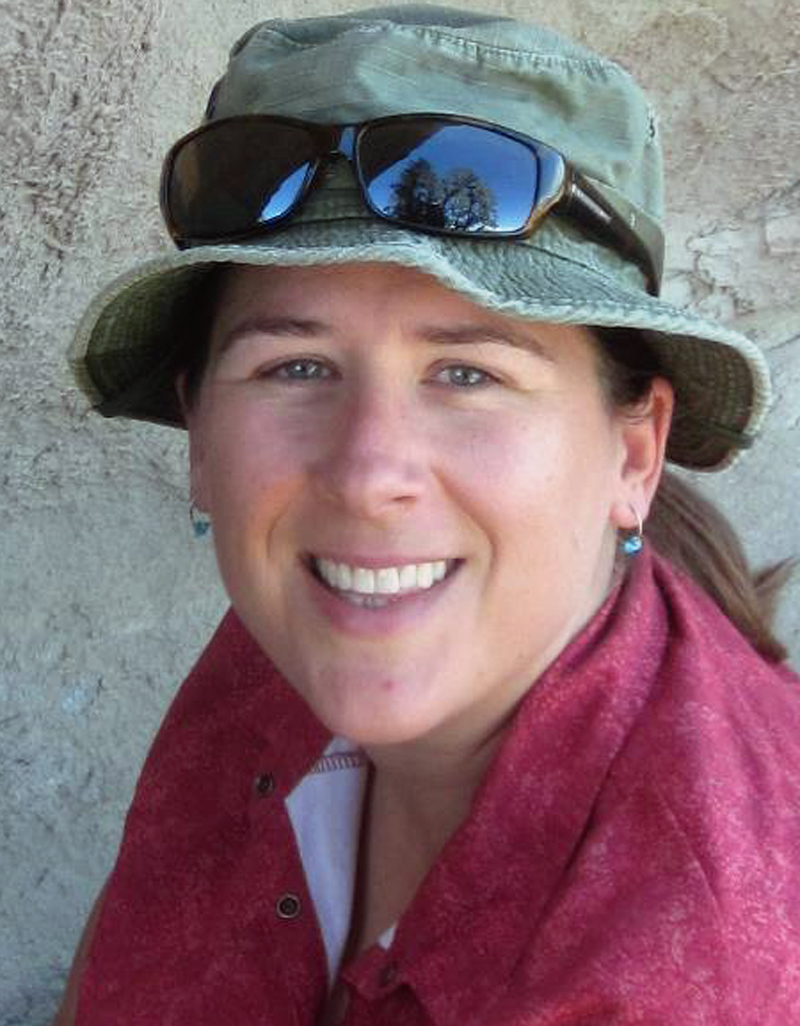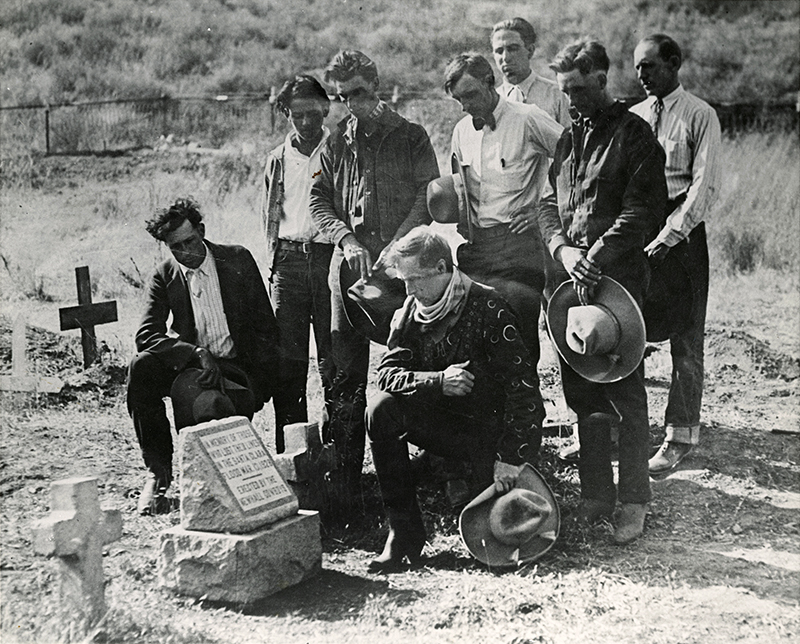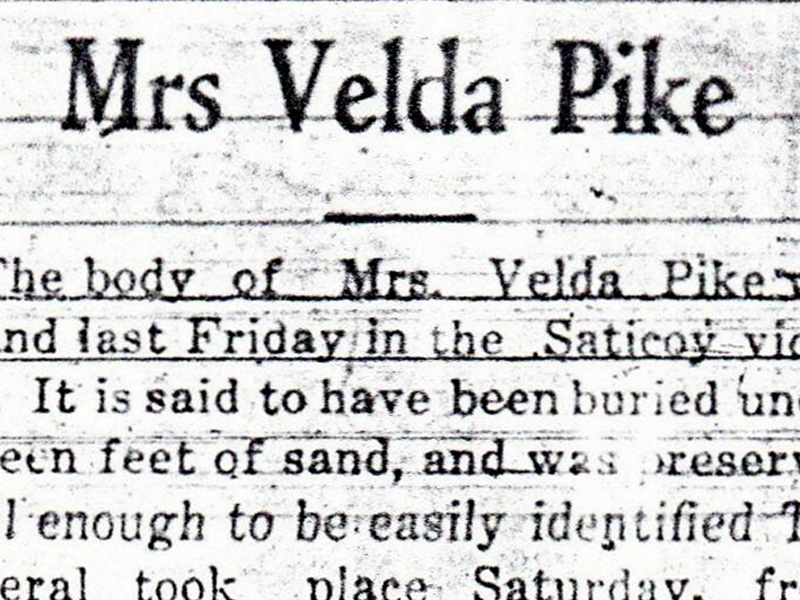|
|
Archaeologist Finds Rare St. Francis Dam Film Footage.
By Jessica Boyer
AM-1220 KHTS | July 17, 2015
|
Rare film footage of the St. Francis Dam aftermath has been found by the same archaeologist who compiled the list of the 431 names of victims in the disaster. Ann Stansell, of Los Angeles, is a California State University, Northridge anthropology and public archaeology grad student who spent three years compiling information about the victims of the St Francis Dam disaster of 1928. Stansell completed her master's thesis, the Forgotten Casualty Project with the help of Professor James Sneed, in 2014. "This amazing discovery by researcher Ann Stansell brings us exceedingly rare moving pictures of the recovery of victims bodies in the aftermath of the St Francis Dam disaster," said Alan Pollack, President of the Santa Clarita valley historical society. "The images are both poignant and heartbreaking. They transport us back in time to the Newhall of March 1928. In my mind, it becomes more important than ever to remember the victims of this disaster by placing a National Memorial at the dam site." The Fox News film Stansell stumbled upon shows the recovery of bodies after the St. Francis Dam collapsed on March 12, 1928. The film opens with scenes of floodwaters, probably near the Pacific Ocean, according to SCVHistory. Viewers of the film can see people, a line of cars and damaged facilities along the Saugus-Ventura Road, which is roughly today's Magic Mountain Parkway and Highway 126. A majority of the film show the makeshift morgue in Newhall, which was the formerly Hap-A-Lan dance hall and the Masonic Lodge, at the northwest corner of Railroad Avenue and Market Street in Newhall, according to SCVHistory. "The pictures we have are limited — we have found pictures of the morgue. Although it's about such a morbid subject, it brings this memory and history to life," Stansell said. "The film starts with the Pacific Ocean where flood waters cut the banks so dramatically through Santa Clara River. There's something about seeing film footage that helps people remember and process it differently than when they read it in a newspaper."
Stansell added that individuals can be recognized including Rev. Wolcott H. Evans who was a first responder in the relief effort after the dam collapsed. "Reverend Evans handled many of the burial ceremonies and to see him and the look on his face bringing these deceased individuals in," Stansell said. "For me, it's interesting to see how that process works. A big part of the relief process wad identification, binging the individuals in, learning this plank next to another one and family members walked through and tried to identify the individuals." A Ruiz family member had to identify at least six family members after the flood swept them away, Stansell said. "This is amazing footage. We've never seen anything like it. We've seen film clips of the dam, but nothing like this. It's fascinating and horrifying. We see bodies being carried into the Masonic Lodge-dance hall at Railroad and Market Street. We see Red Cross volunteers trying to keep everyone's spirits up. We even see the local Presbyterian minister, Rev. Wolcott Evans, trying to make sense of it," said Leon Worden, former president of the Santa Clarita Valley Historical Society. "We've seen a lot of these people in still images, but to see them in action on the morning of the dam disaster literally brings them to life. It puts a human face on the tragedy. "It's so fitting that Ann happened to find this film footage, because that's what she has brought to the table," Worden said. "The point of her master's thesis at CSUN was to show that the dam victims were real people, not just statistics, and that the tragedy of the St. Francis Dam had a huge impact on the residents of communities from Saugus to the sea." CSUN students, like Stansell, continue to discover new information about the St. Francis Dam every year, more than 80 years after the disaster. The construction of the dam began in August of 1924 and began to fill with water on March 1, 1928, according to SCVHistory. A little more than two-and-a-half minutes before midnight on March 12, 1928, the dam failed. The wall of water, 55 feet taller than the original Colossus' tallest hill at Six Flags Magic Mountain, crashed through San Francisquito Canyon and reached the Pacific Ocean just south of Ventura. It took the immense wave five-and-a-half hours to reach the ocean. An estimated 431 people were killed. The failure of the St. Francis Dam is known as the second-worst disaster in California history, coming behind the 1906 San Francisco earthquake and subsequent fires, and America's worst civil engineering failure of the 20th century, according to SCVHistory. For more information about the St. Francis Dam Disaster, click here.
|
ALSO SEE:
Background: Forgotten Casualties (CSUN 2013)
• Memorialization and Memory • Paper: Oral History (Licon 2014) Story: Victims & Heroes
FILM: Body Recovery, Newhall Morgue
FILM: Nighttime Recovery of Bodies
3-17-1928
Tony Harnischfeger
Lyman & Lillian Curtis
Marjorie & Mazie Curtis (Mult.)
San Francisquito School
Cecilia Small, Schoolteacher
Ruiz Family x7
Pete Rivera
Erratchuo 1928
1928 Mourners
Newhall Cowboys 1928 Marker x2
Newhall Morgue
Gottardi Family
Felda Pike Obituary
Saugus Community Club Members
Oral History: Thelma McCawley Shaw 2010
Oral History: Biz Basolo 2009
|
The site owner makes no assertions as to ownership of any original copyrights to digitized images. However, these images are intended for Personal or Research use only. Any other kind of use, including but not limited to commercial or scholarly publication in any medium or format, public exhibition, or use online or in a web site, may be subject to additional restrictions including but not limited to the copyrights held by parties other than the site owner. USERS ARE SOLELY RESPONSIBLE for determining the existence of such rights and for obtaining any permissions and/or paying associated fees necessary for the proposed use.



















